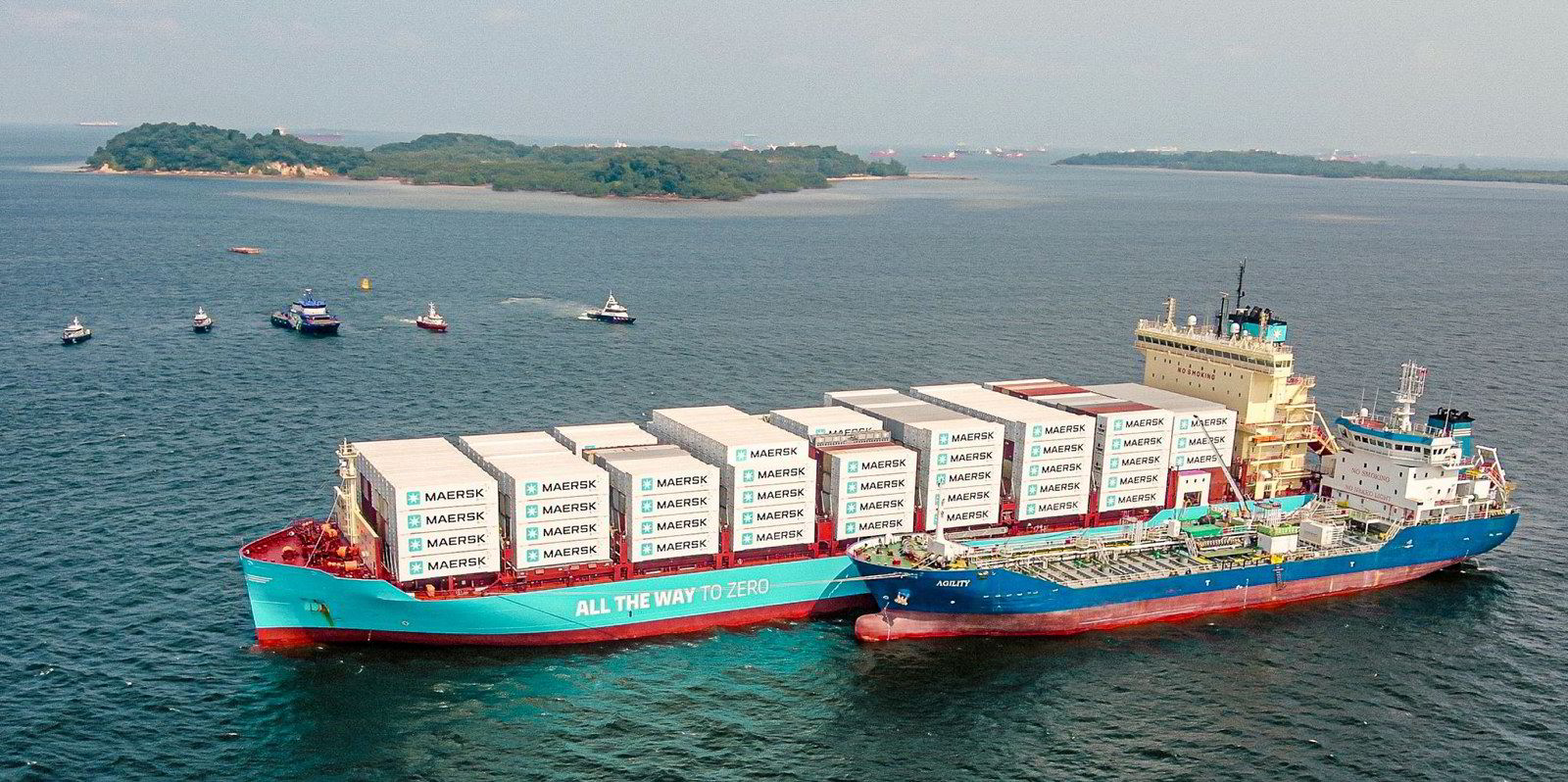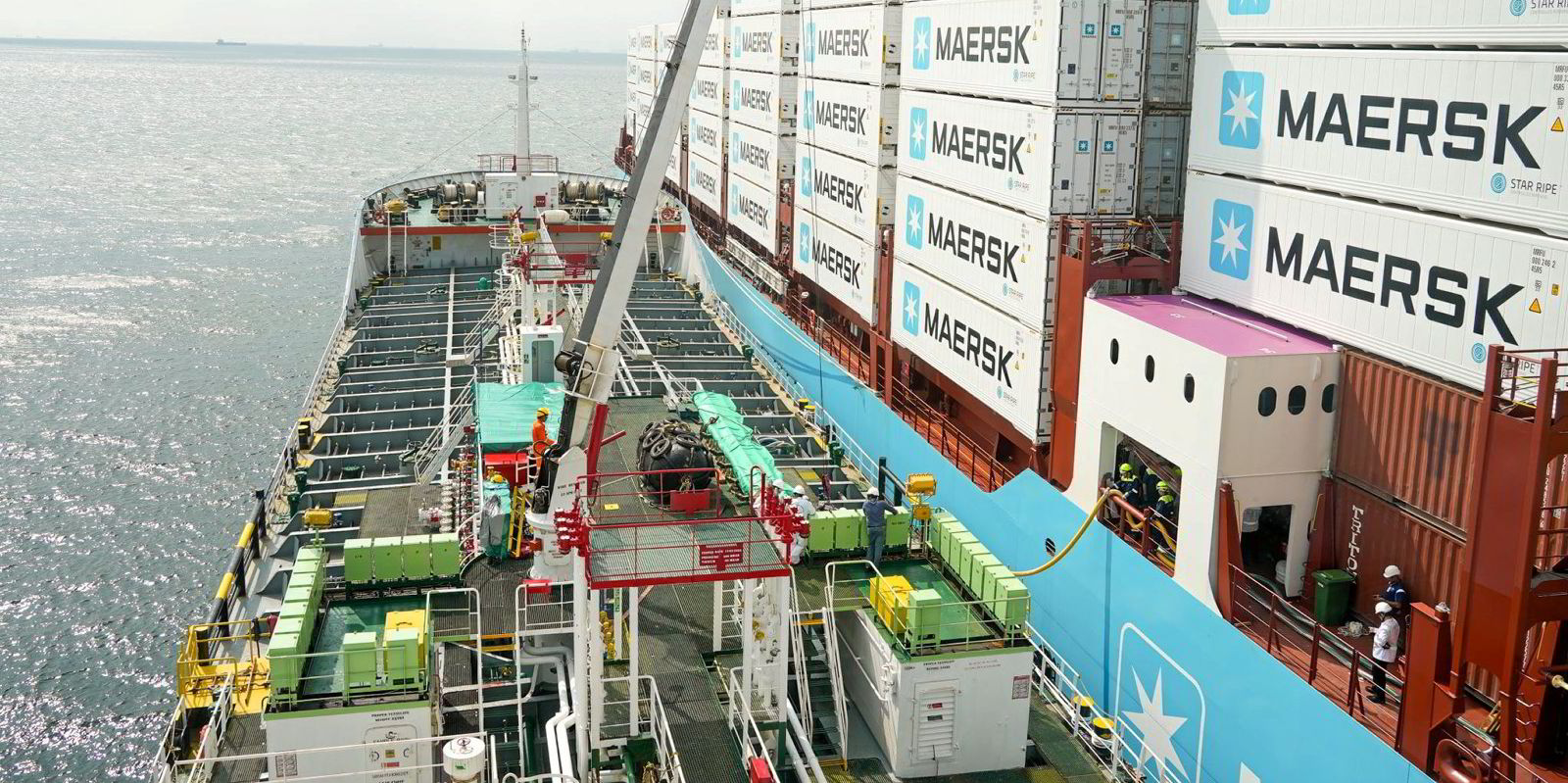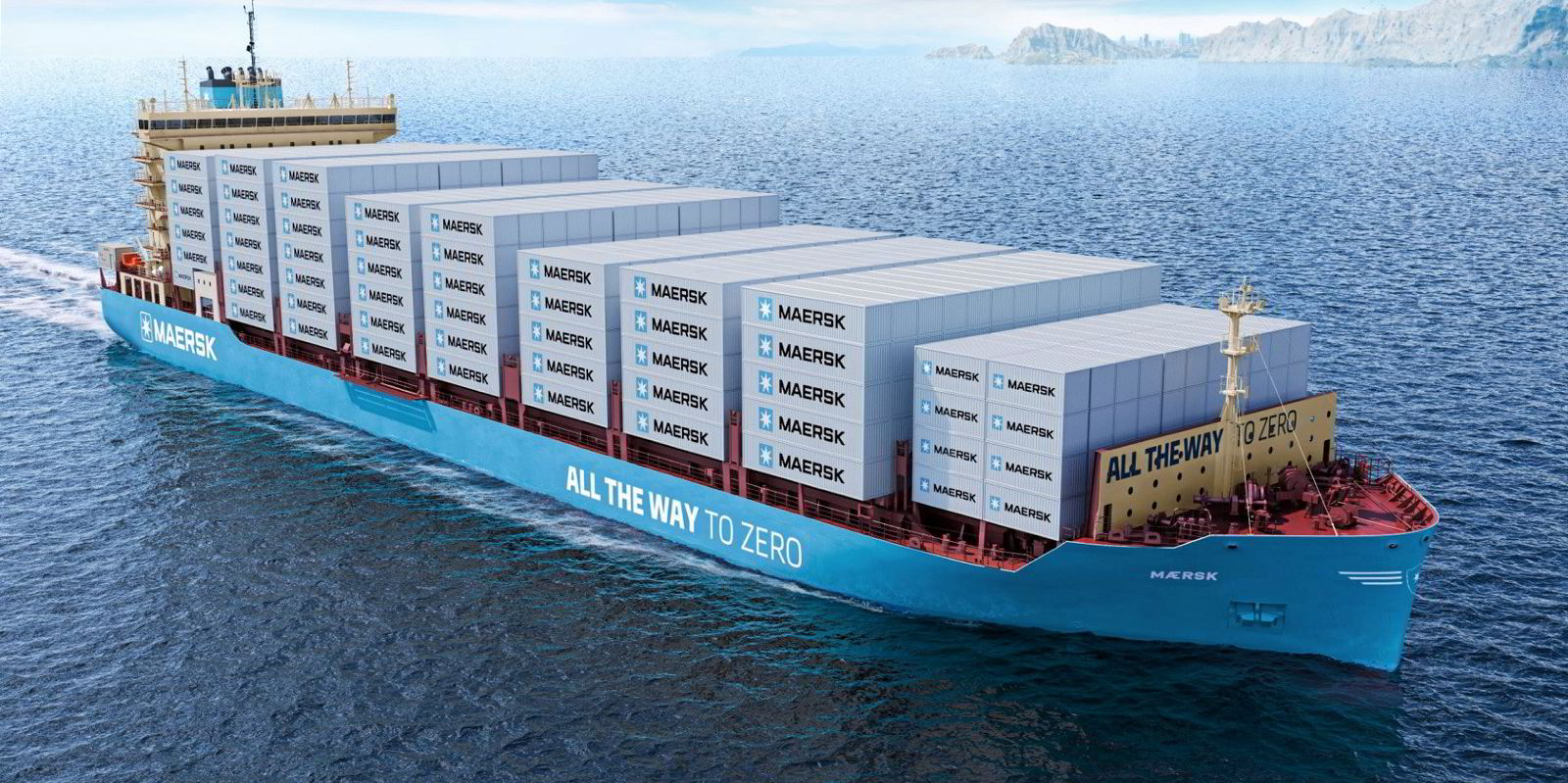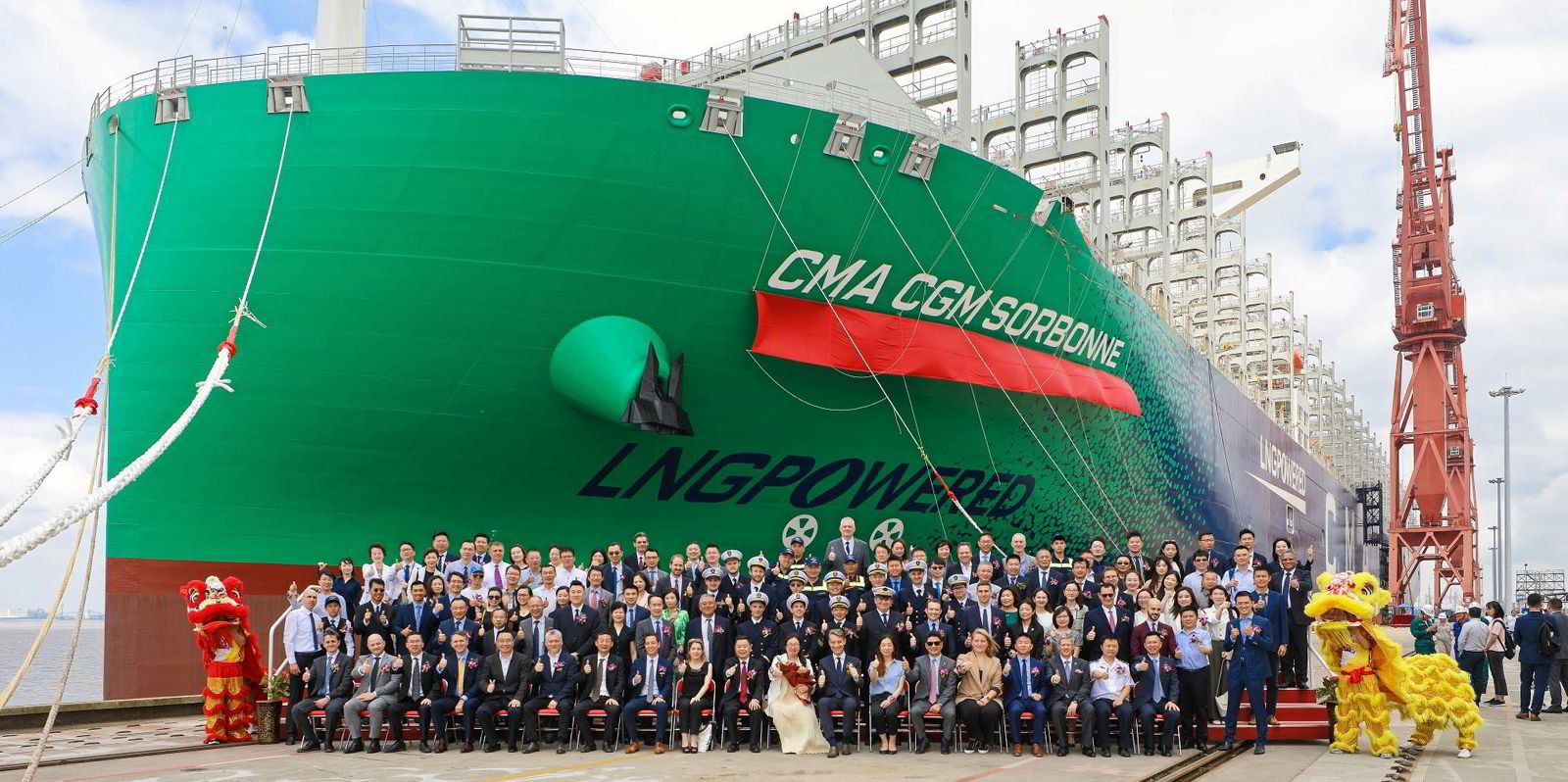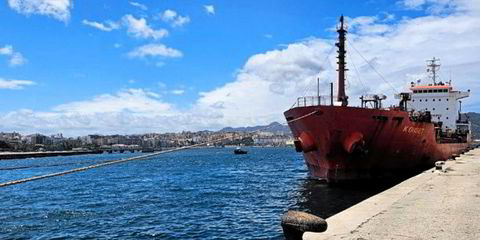A second bunkering of green methanol has taken place as the availability of bio-LNG steps up a gear putting the spotlight on how lower-carbon marine fuels may become more readily available in the future.
Dutch methanol and ammonia producer OCI Global said that following the world's first green methanol bunkering at the Port of Ulsan, in South Korea last week, it has taken part in a second supply operation in the Port of Singapore.
Some 300-tonnes of OCI HyFuels green methanol was supplied by Hong Lam Marine’s 9,259-dwt tanker Agility (built 2008) to the world’s first green methanol-powered container ship — AP Moller-Maersk’s 2,100-teu Maersk Solstice — on 27 July which is on its maiden voyage to Copenhagen for its naming ceremony in September.
OCI, which claims to be the world’s largest producer of green methanol, said the fuel provides 65% greenhouse gas emissions over fossil methanol based on a lifecycle basis.
“This milestone marks the successful completion of the first part of the ship’s journey, proving the readiness of green methanol as the leading choice today for the decarbonisation of the shipping industry,” OCI said.
Bunker brokers have told TradeWinds Maersk is paying $2,500 per tonne for the green methanol supply for this voyage.
As the feedership makes its historic voyage, LNG industry lobby group SEA-LNG has highlighted today that the availability of bio-LNG is fanning out globally.
SEA-LNG said bio-LNG produced from sustainable biomass feedstocks is available today in almost seventy ports worldwide including Singapore, Rotterdam and the US east coast.
The industry body, which has an online bunker navigator tool for LNG fuels, said the annual production of bio-methane, from which bio-LNG is produced, is currently around 30m tonnes which stacks up at around 10% of shipping’s total annual energy demand.
SEA-LNG said the use of bio-LNG as a marine fuel can reduce greenhouse gas emissions by up to 80% compared to marine diesel on a full well-to-wake basis.
“Depending on the method of production, bio-LNG can have net-zero or even net-negative GHG emissions on a lifecycle basis, creating immediate opportunities for vessel operators to cut GHG emissions and offering a sustainable route to decarbonisation by 2050,” the industry coalition said.
SEA-LNG general manager Adi Aggarwal said: “The fact that bio-LNG is commercially available now and being used as a drop-in marine fuel by operators in Europe, North America and Asia, demonstrates the sustained contribution that the LNG pathway can make to decarbonising our industry, starting today.”
